Outer pack
Outer pack
Outer Pack
The term outer pack refers to the external packaging that encloses and protects the inner contents. It is the first layer of packaging that consumers see and interact with. This packaging is crucial for safeguarding products during transportation and storage.
Importance of Outer Pack
An outer pack plays a vital role in ensuring the safety and integrity of the product. It helps prevent damage from physical impacts, moisture, and contamination. Additionally, it often contains important information such as branding, instructions, and regulatory details.
Materials Used in Outer Packs
Various materials can be used for outer packs, including cardboard, plastic, and metal. The choice of material depends on the product's needs and the desired level of protection. For example, cardboard is lightweight and cost-effective, while metal offers superior durability.
Design Considerations
The design of an outer pack is essential for both functionality and aesthetics. It should be easy to handle, open, and dispose of. At the same time, it should attract consumers and convey the brand's message effectively. Good design can enhance the user experience and boost sales.
Examples of Outer Packs
Common examples of outer packs include shipping boxes, retail packaging, and protective cases. Each type serves a specific purpose and is tailored to the product it contains. For instance, a shipping box is designed to withstand rough handling, while retail packaging focuses on visual appeal.
Blog Posts with the term: Outer pack
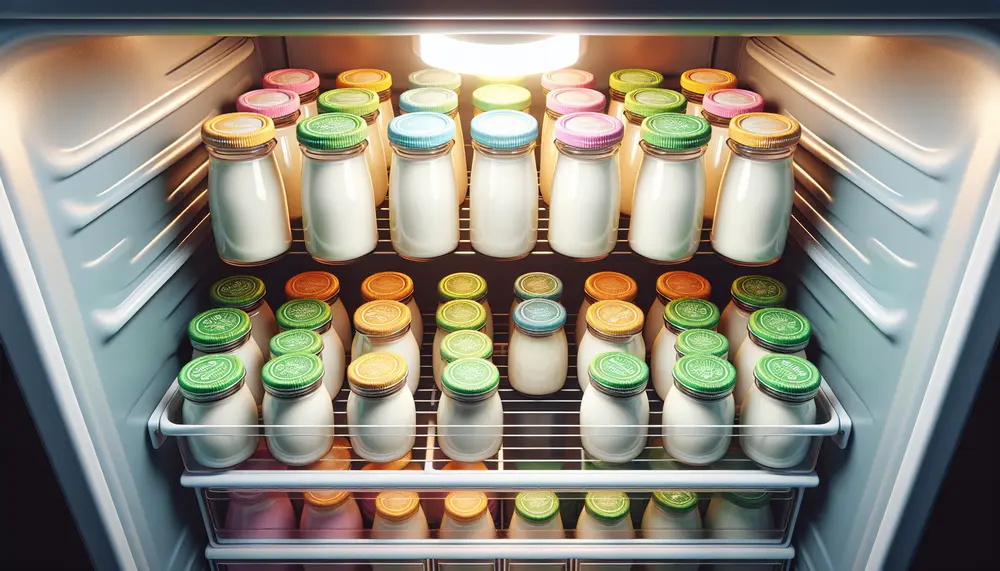
Yogurt packaging is essential for maintaining freshness, quality, and safety; it requires an effective barrier against oxygen and light, strength during transportation, regulatory compliance for food contact, and advanced sealing technology. Innovations in the market include smart features like freshness...
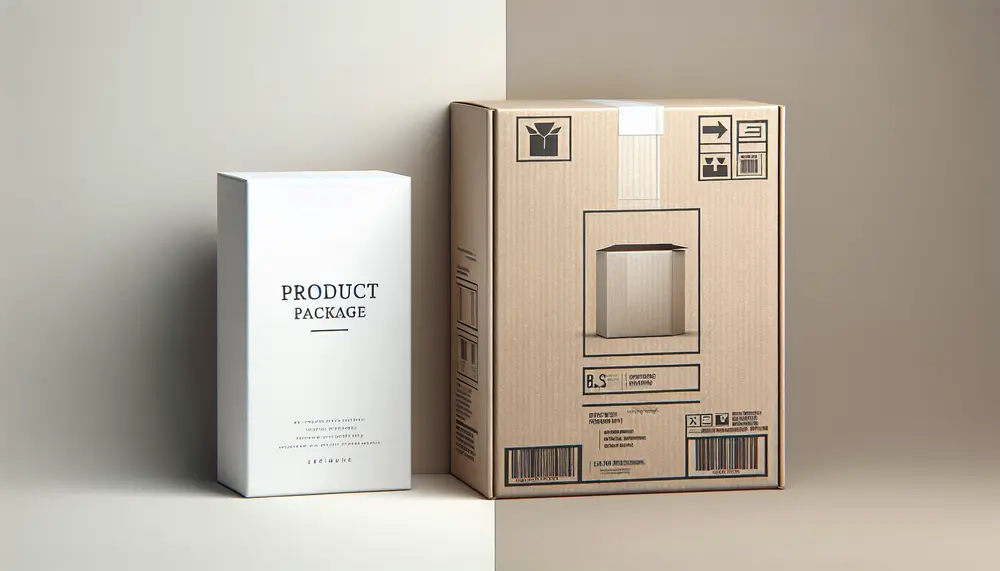
Package design focuses on creating the physical container for product protection and efficiency, while packaging design emphasizes branding and consumer appeal. Both are essential but distinct aspects of a product's journey to market, with package design prioritizing function and structure,...

Branding and packaging are essential for product success, with branding building a meaningful relationship with consumers through various elements beyond visuals, and packaging being the first visual contact that also protects and informs about the product. Effective branding can foster...
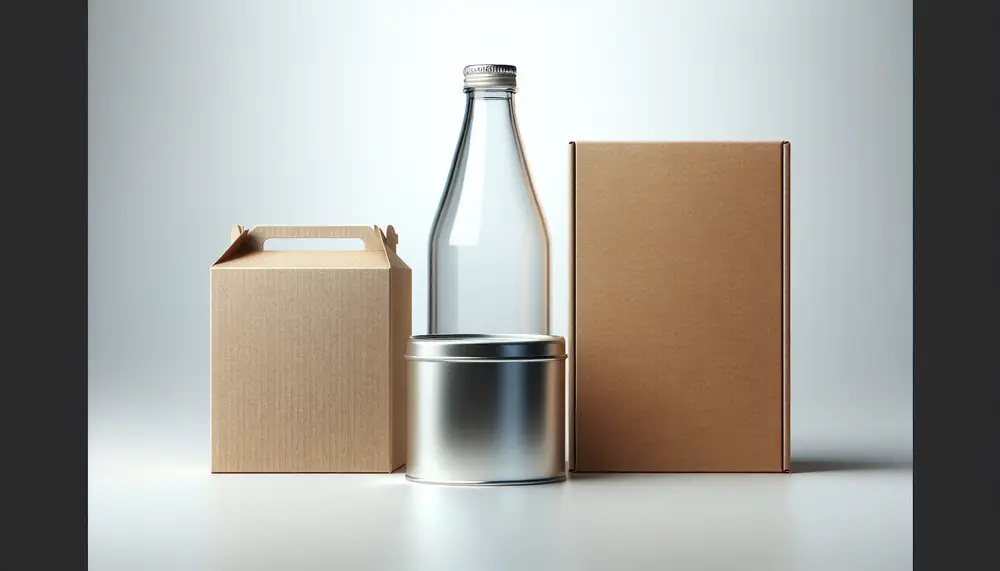
Packaging design combines aesthetics and functionality, focusing on the product, brand identity, consumer appeal, and compliance with regulations. Good packaging balances visual attractiveness with practicality to enhance user experience and encourage loyalty. Effective packaging requires a balance of clear messaging, simplicity...

Protection pack sizing is essential for ensuring products reach their destination safely, optimizing shipping costs, and enhancing customer satisfaction. This guide covers the basics of protection pack sizing, key influencing factors such as product dimensions and weight, accurate measurement techniques,...
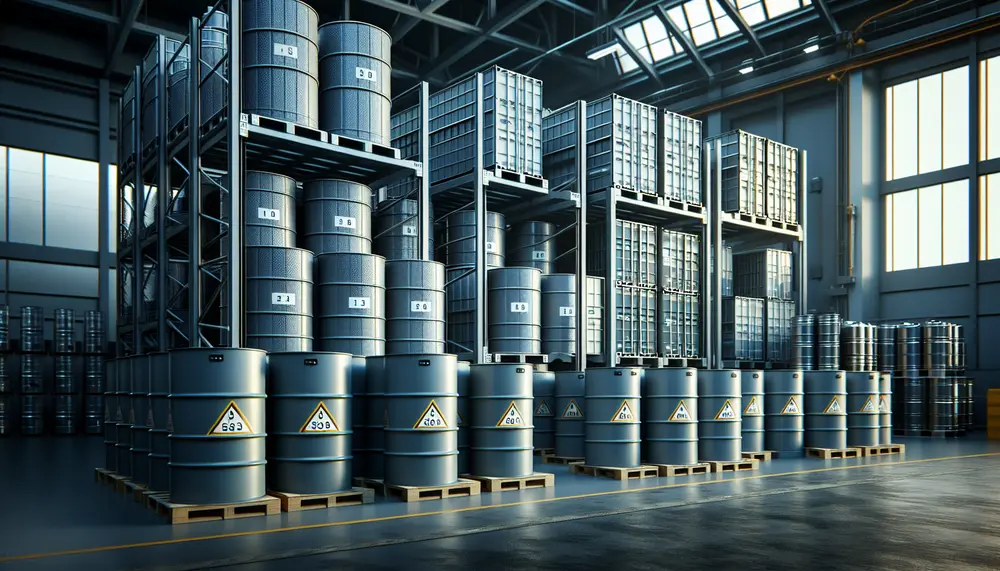
Hazardous materials (Hazmat) are substances that can endanger health, property, or the environment and require specific handling and packaging to mitigate risks during transport. Regulatory bodies enforce strict guidelines for Hazmat transportation; non-compliance can result in severe consequences. Different types of...

Effective cookie packaging is crucial for maintaining freshness and conveying brand identity, with material choice reflecting product quality. Custom design enhances customer connection and encourages repeat business, while sustainability in packaging appeals to eco-conscious consumers....

Protective packaging products are essential for safeguarding items during transit, storage, and handling by providing a buffer against damage from impacts, vibrations, moisture, and temperature fluctuations. This article explores various types of protective packaging such as bubble wrap, foam packaging,...
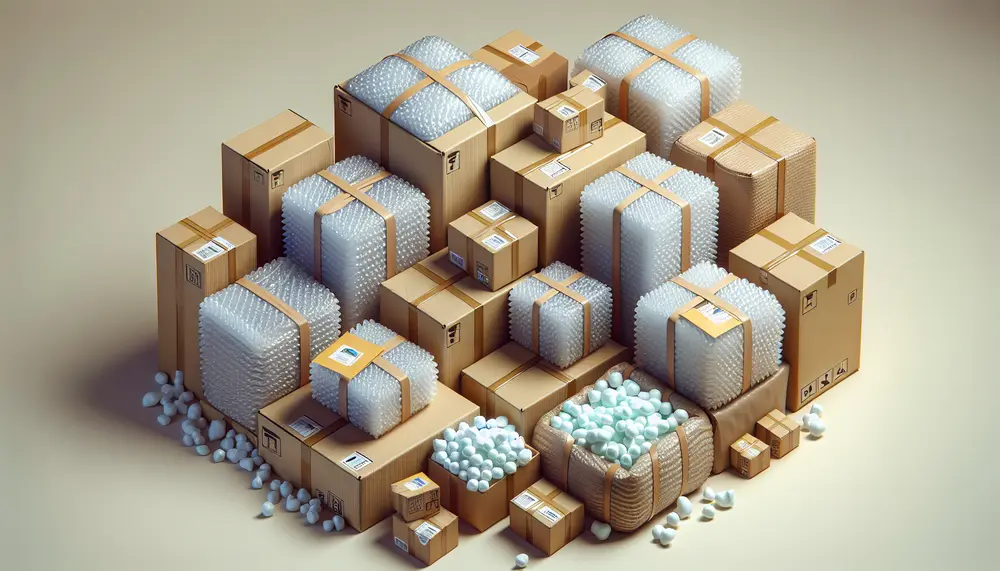
Protective packaging is crucial for ensuring products reach customers in perfect condition, reducing damage and enhancing satisfaction. By choosing the right materials like bubble wrap, foam, or corrugated cardboard based on product characteristics and shipping conditions, businesses can optimize their...
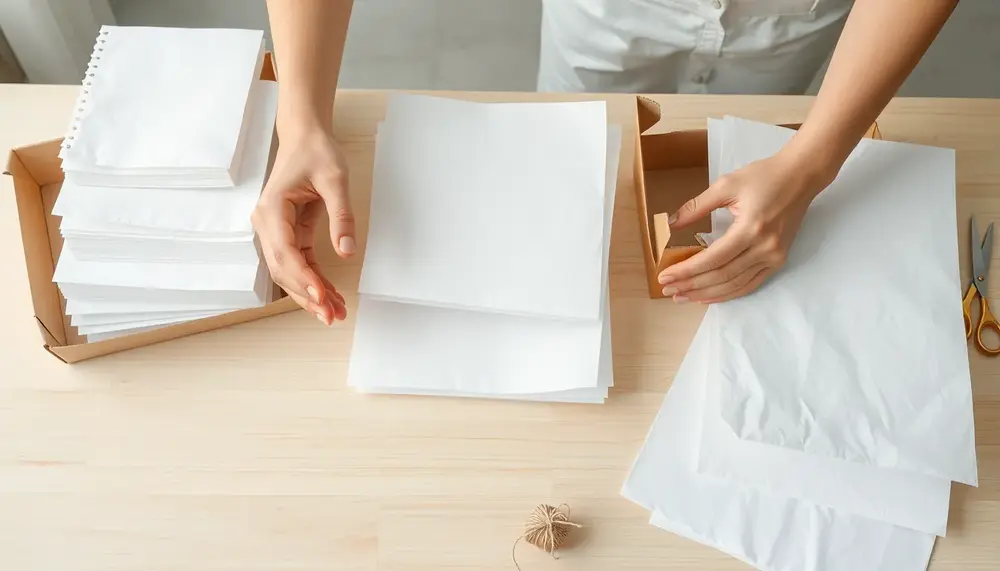
Packaging tissue paper is a versatile tool that enhances product protection and elevates brand presentation, offering various types and customizable options for unique business needs. Its color, design, and custom printing capabilities transform packaging into memorable customer experiences while reinforcing...
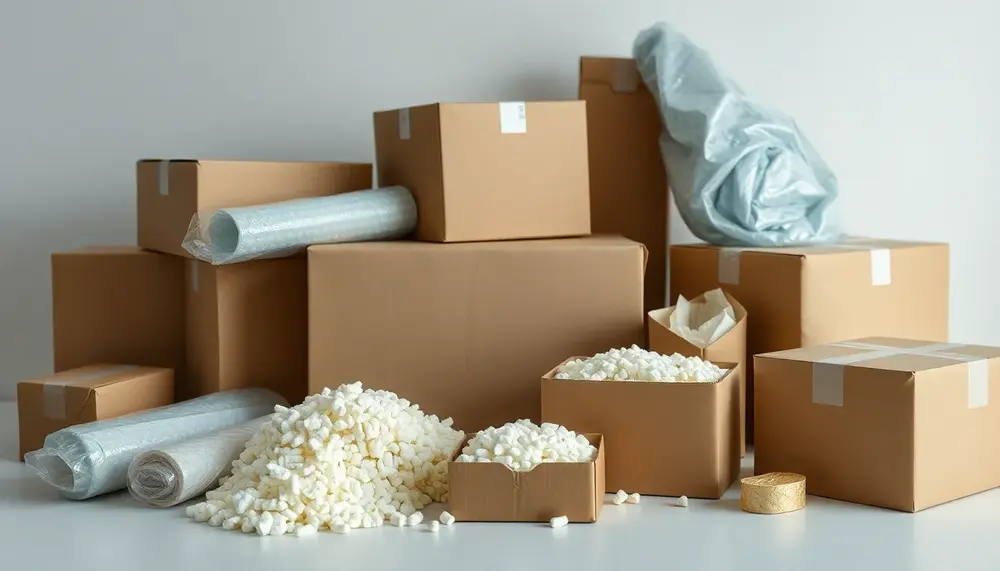
Cost-effective packaging materials are crucial for businesses to optimize operations, enhance customer satisfaction, and reduce environmental impact while maintaining profitability. Innovative alternatives like paper packing materials and air pillows can replace traditional options like bubble wrap, offering both affordability and...
